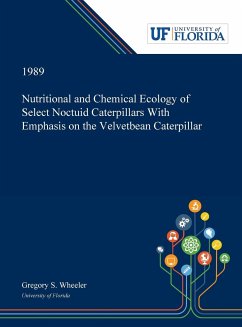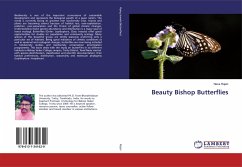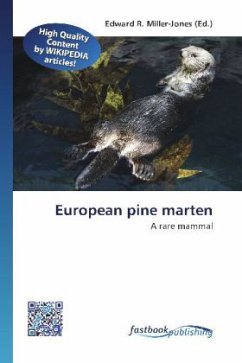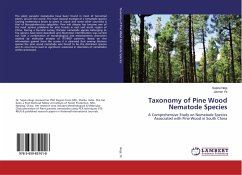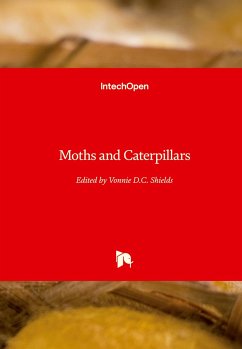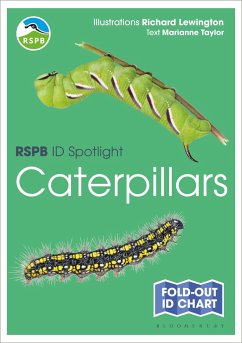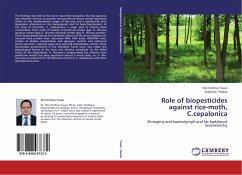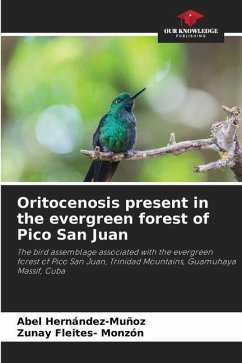
The energy reserves of pine processionary caterpillars
Versandkostenfrei!
Versandfertig in 6-10 Tagen
27,99 €
inkl. MwSt.

PAYBACK Punkte
14 °P sammeln!
In Lepidoptera, energy reserves at hatching are important for larval growth, and at pupation, larval reserves are sufficient to ensure metamorphosis. In our study, lipids and carbohydrates in aged caterpillars (L4 and L5) of the pine processionary Thaumetopea pytiocampa Schiff were quantified before and 24 hours after the application of field-tested biological products. Carbohydrate reserve levels in L5 larvae and L4 larvae before treatment were reduced in caterpillars treated with a biopesticide based on Bacillaceae (Bt), Verbenaceae Lantana camara (Lc) and the synergistic product BtLc respec...
In Lepidoptera, energy reserves at hatching are important for larval growth, and at pupation, larval reserves are sufficient to ensure metamorphosis. In our study, lipids and carbohydrates in aged caterpillars (L4 and L5) of the pine processionary Thaumetopea pytiocampa Schiff were quantified before and 24 hours after the application of field-tested biological products. Carbohydrate reserve levels in L5 larvae and L4 larvae before treatment were reduced in caterpillars treated with a biopesticide based on Bacillaceae (Bt), Verbenaceae Lantana camara (Lc) and the synergistic product BtLc respectively. On the other hand, lipid reserves increased to very high levels in L4s treated with the 3 biopesticides respectively. Total sugars remained unchanged before and after the stress effect. On the other hand, proline levels increased significantly under the effect of the synergistic product, followed by Bt and finally the aqueous solution of Lantana camara (Lc).




